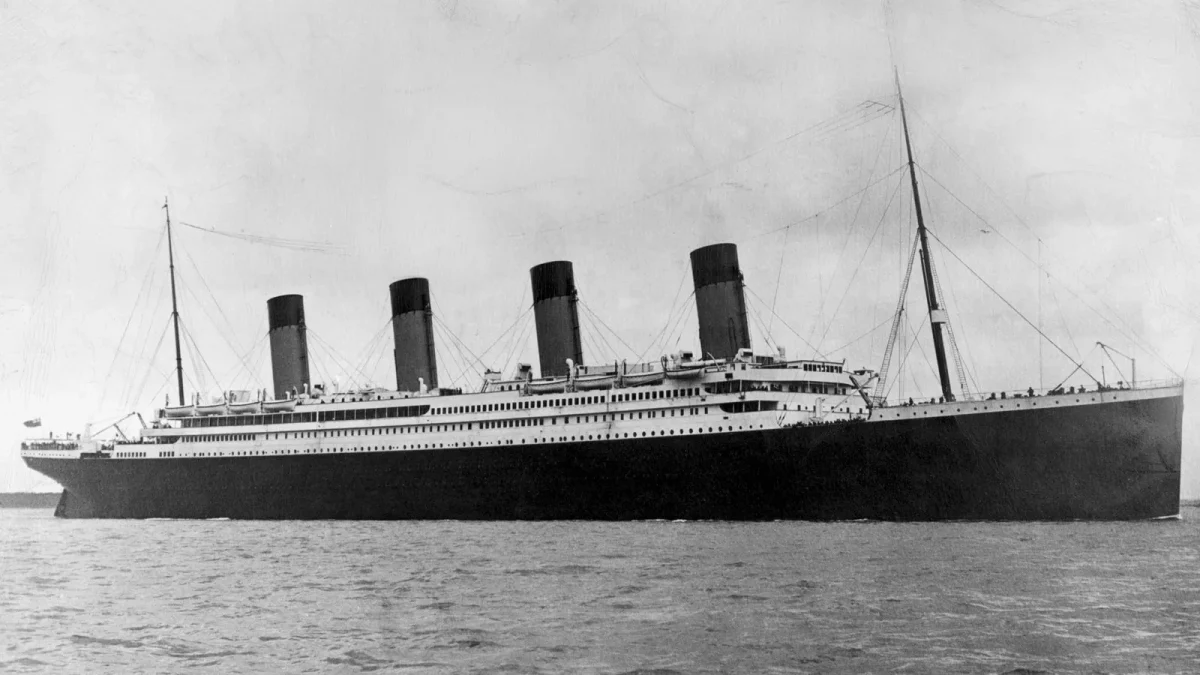Artifacts Underwater The RMS Titanic rests at the bottom of the North Atlantic Ocean, serving as both a historical artifact and a solemn gravesite. Since its discovery in 1985, debates have emerged about whether artifacts should be recovered or left undisturbed. Preserving Historical Integrity The Titanic wreck site is a time capsule of early 20th-century life and the tragic events of April 1912. Artifacts scattered across the ocean floor are part of a larger narrative that includes the ship’s structure and personal belongings.
Removing these items disrupts this narrative, making it difficult to understand the full story. Keeping artifacts in situ preserves the authenticity and integrity of this historical treasure. Respect for the Deceased The Titanic site is a final resting place for over 1,500 individuals who perished in the disaster. Disturbing the site by removing artifacts can be seen as disrespectful to those who lost their lives. The wreck should be treated with the same reverence as any other gravesite. Leaving the artifacts underwater honors the sanctity of the site and the lives it commemorates. Environmental Considerations The Titanic wreck has become an artificial reef, providing habitat for marine life.
Removing artifacts disrupts these ecosystems, harming organisms that have made the wreck their home. The process of recovery can introduce pollutants and disturb sediment, negatively impacting the environment. Preserving the site underwater maintains the balance of the marine ecosystem. Preservation Challenges Artifacts recovered from the Titanic face significant preservation challenges. The ocean environment has unique preservation qualities that can sometimes be more favorable than conditions on land. Once removed, materials can deteriorate rapidly, and conservation efforts are expensive and time-consuming.
By leaving these items underwater, we avoid accelerating their decay and losing them forever. Conclusion Leaving Titanic artifacts underwater preserves historical integrity, respects the deceased, protects the environment, and acknowledges the challenges of artifact preservation. The Titanic serves as a poignant memorial to a tragic event, and by allowing it to remain undisturbed, we honor its legacy and ensure its story continues authentically and respectfully.











